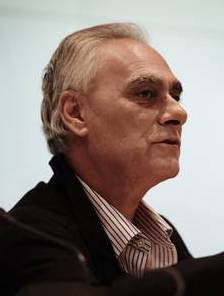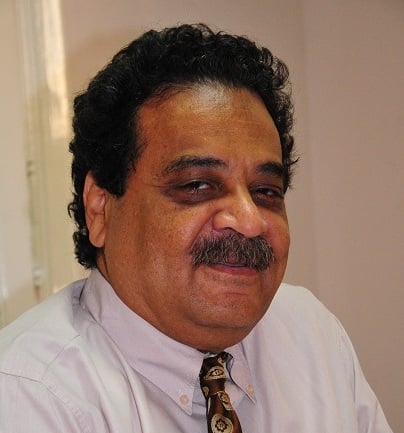By Gema Martín-Muñoz
MADRID: Arab societies often appear rigid and resistant to change to outsiders, because what they see is these countries’ ruling regimes, which mostly do resist development and change. But this image is nearly the opposite of reality in Arab societies, where enormous dynamism is opening doors to many types of change, albeit at different speeds and in complex, contradictory ways — particularly when change from below is held back from above.
Consider Arab women. The predominant image is of a passive, exotic, and veiled victim-woman who reacts to events instead of actively participating in them. She is an impersonal object of communal stereotypes that sustain cultural prejudices.
In fact, Arab societies are engaged in a process of immense and irreversible change in which women are playing a crucial role. During the last half-century, intense urbanization and feminization of the workforce in all Arab countries has propelled women into the public arena on a massive scale.
During this period, differences in schooling levels between boys and girls have lessened everywhere — though at different speeds. Indeed, in many Arab countries, more girls than boys are now in secondary and higher education, which shows that parents consider their daughters’ education to be just as important as that of their sons’. And all surveys show that young men and women want to study and have a job before they marry. (Moreover, they increasingly want to choose their own partner.)
At the same time, demographic shifts, along with social and economic factors affecting education and work, are forcing profound change on the traditional model of the Arab family. Higher ages for marriage and declining fertility — resulting directly from widening use of artificial contraception — are reducing family size to something much closer to the “nuclear families” of the West. The Maghreb region may lead in this regard, but the phenomenon is observable throughout the Arab world, even in the most rigidly conservative states.
This new family model has gained so much force that it is imposing itself on rural society, too, where the decline of the agrarian economy is accompanied by a strong shift towards smaller families. This change is occurring at slightly different speeds across the Arab world, but often it is occurring simultaneously in town and country.
Not surprisingly, these changes have led to a redistribution of power between old and young — and between men and women. We are now witnessing a progressive weakening of patriarchy, reinforced by the shift from traditional to more nuclear families.
Of course, these changes do not mark a sharp break with the past. All change reflects local compromises with tradition and with patriarchal laws, and different rates of adjustment between old and new ways of life. The changes, however, are notably weaker and more complex in countries like Palestine and Iraq, owing to the grave conflicts they have been undergoing.
The dynamics of change in Arab societies are rarely accompanied by change in the political system. Most states resist transferring the processes of social transformation into their legal framework. They fear, with reason, that extending freedoms and developing individual autonomy within the family — and so weakening patriarchal authority — could lead to a questioning in the public arena of the ideological basis of state power.
The result is widespread invocation by governments of religious norms, and to a lesser extent references to tradition, in order to legitimize the continuation of patriarchal rule. “State feminism” is generally more a demonstration of rhetoric or political symbolism, concerned primarily with projecting a progressive image internationally, than it is a real motor for change.
Undoubtedly, however, the region’s political authorities, no less than families themselves, will be forced to accept the inconsistencies of the traditional model when it comes to the transformation of the condition of women. This change will affect many others, and it must be analyzed from an Arab perspective, as well as from outside that perspective.
This is particularly necessary because the situation of women is one of the main benchmarks that the outside world, and particularly the West, uses to assess the Arab world. And, unfortunately, such assessments tend to focus on the supposed immobilism that derives from Islamic norms, which obscures knowledge of the real changes that are taking place.
Indeed, the predominant view of Arab societies often stifles outsiders’ ability to break free of their belief that Islam confines all Arab women in the same way, when in reality they experience very different conditions. This prevents many from seeing, much less evaluating, the deep changes taking place in Arab societies — and how women are driving those changes forward. The West thus risks depriving itself of an important key to understanding the Arab world today, and as it will be tomorrow.
Gema Martín-Muñoz is Director General of Casa Árabe and Professor of Sociology of the Arab and Islamic World at Madrid’s Autonomous University. This commentary is published by Daily News Egypt in collaboration with Project Syndicate, www.project-syndicate.org.






